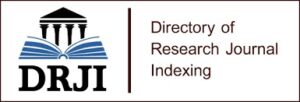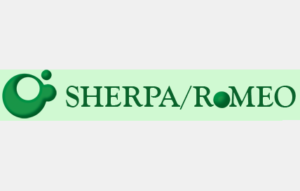Evaluation of Illuminance Level in the Offices of Borno State University
This study evaluate the lighting illuminance level in offices’ block of Borno State University (BOSU). Lighting is one of the key elements in building infrastructure and among the factors that combine to create healthy work environments that in turn help promote employees’ wellbeing and accurate productivity. A standardised TES-1332A digital lux meter was used to assess the lighting illuminance level to ascertain whether offices lighting are within stipulated range by CIBSE guideline. The obtained data were analysed using SPSS statistical package at significance level of 0.05. The corrected model, encompassing Position, Block, and their interaction, demonstrates a collective Type III Sum of Squares of 99796.237 resulting in a statistically significant F-value of 2.373 (p = .016). However, Position and Position * Block interaction show non-significant effects (F = 0.007, p = .932; F = 1.308, p = .270) respectively. Block, on the other hand, exhibits significance (Type III Sum of Squares = 75360.480, F = 4.033, p = .004). The Duncan multiple range test comparison indicates three homogeneous subsets for block 1, 2, and 3. Subsets 1 include Blocks 4 and 2 with a marginally significant p-value of 0.051, suggesting potential differences between them. Subset 2 includes Block 5 and Block 4, with a non-significant p-value of 0.133, while Subset 3 consists of Block 3 and Block 1, with a significant p-value of 0.000, indicating notable differences between the blocks. The study underscores the significance of Intercept and Position in influencing the “Data” variable, while Location, Windows, and their interactions do not contribute significantly to the model.
Index Terms– Artificial lighting, Digital lux meter, Illuminance level and Visual comfort.




















